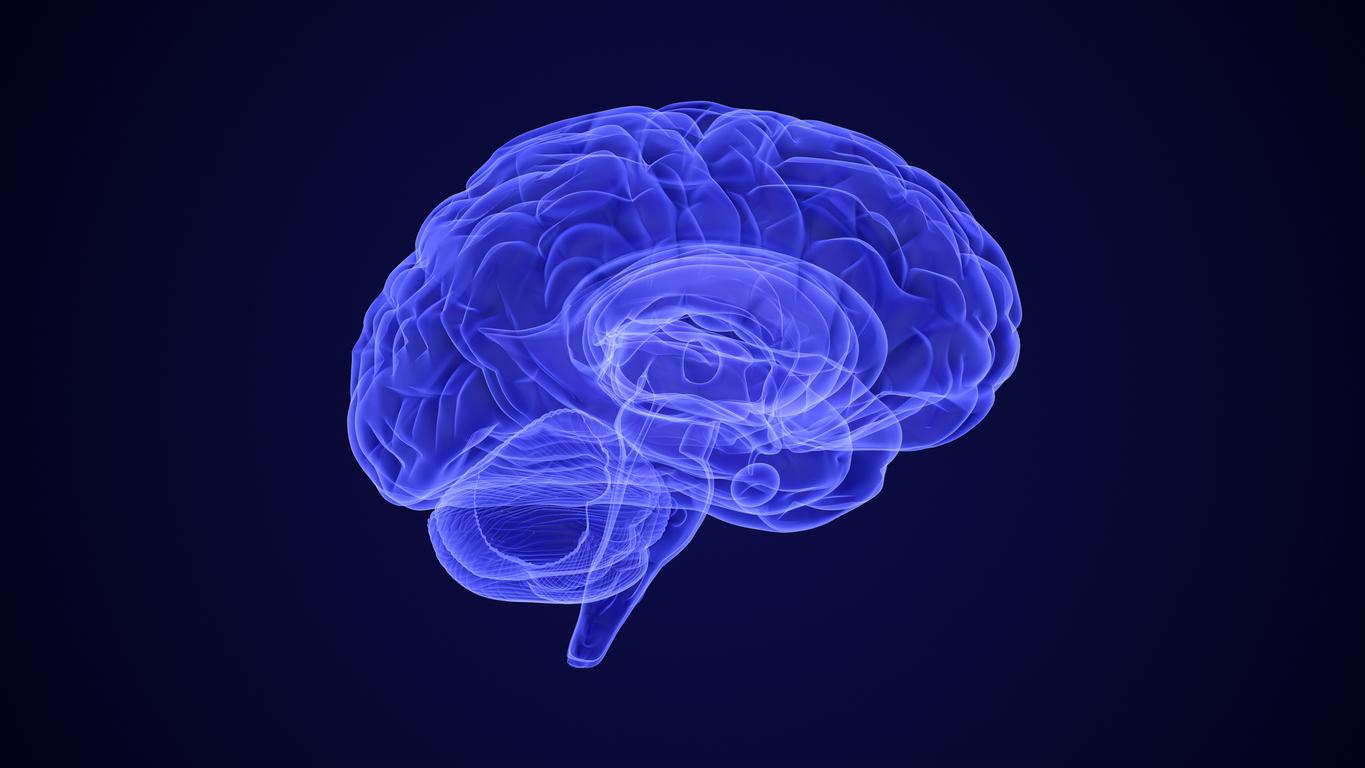By restoring production of the “GRK6” protein that controls the dopamine receptor circuitry, the researchers discovered an improvement in “parkinsonian symptoms”.
Affecting the central nervous system, Parkinson’s disease is characterized by motor disorders due to a lack of dopamine in the brain. This lack is filled by a treatment based on “L-dopa”. Nevertheless, annoying side effects appear after a few years.
Inserm and CNRS researchers have discovered that the increased expression of the “GRK6” protein, obtained by the injection of a therapeutic vector, could generate the restoration of the effects of “L-dopa” therapy in the rat and monkey in an experimental model of Parkinson’s disease.
“This breakthrough shows that we are interested in the right molecule. But we are aware that the technique we have used will not be quickly accessible in routine in humans. We therefore have other ideas to offer solutions adapted to patients. parkinsonians,” says Erwan Bezard, Inserm research director.
Researchers are now interested in all small molecules that could mimic the action of the “GRK6” protein.


















